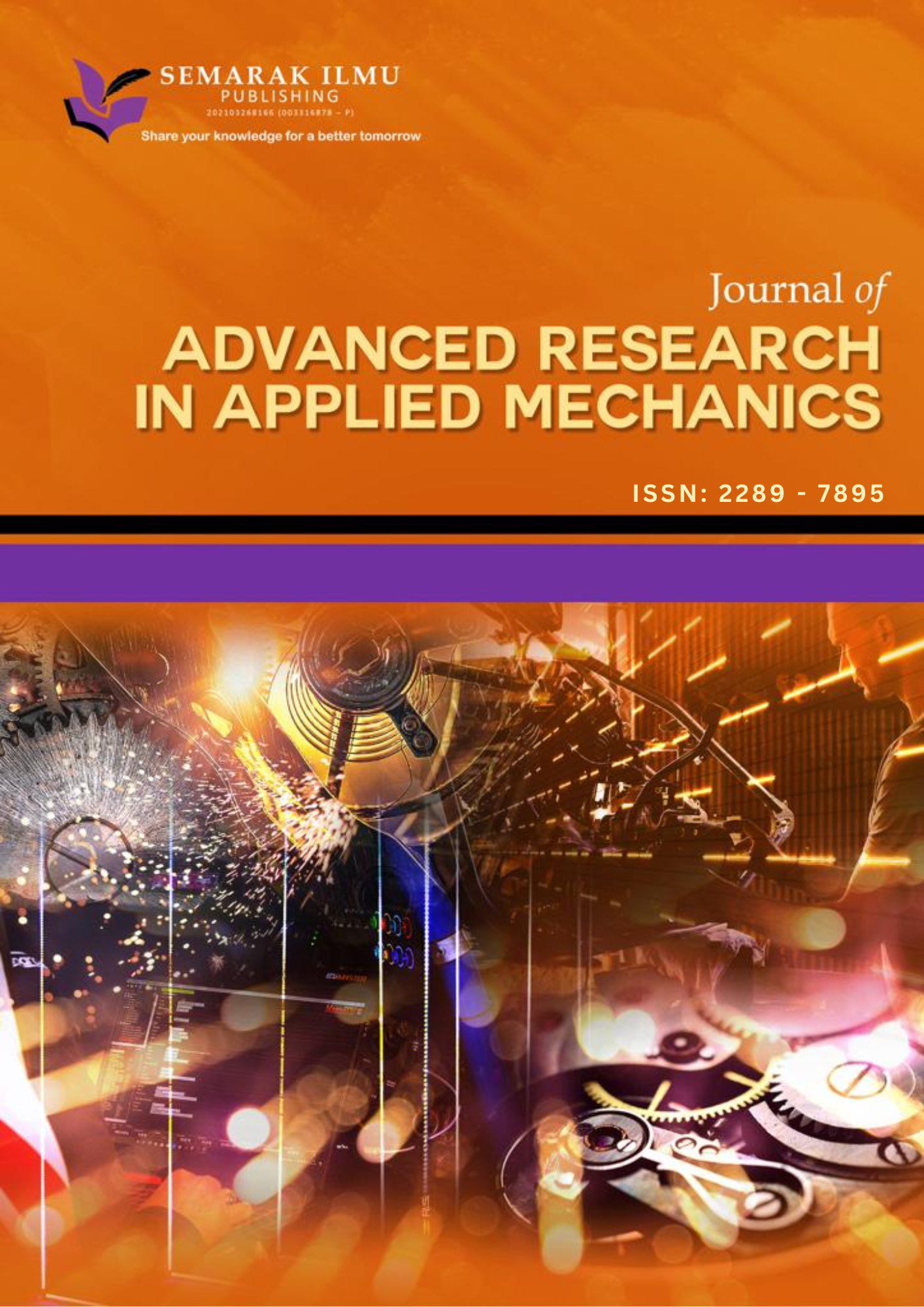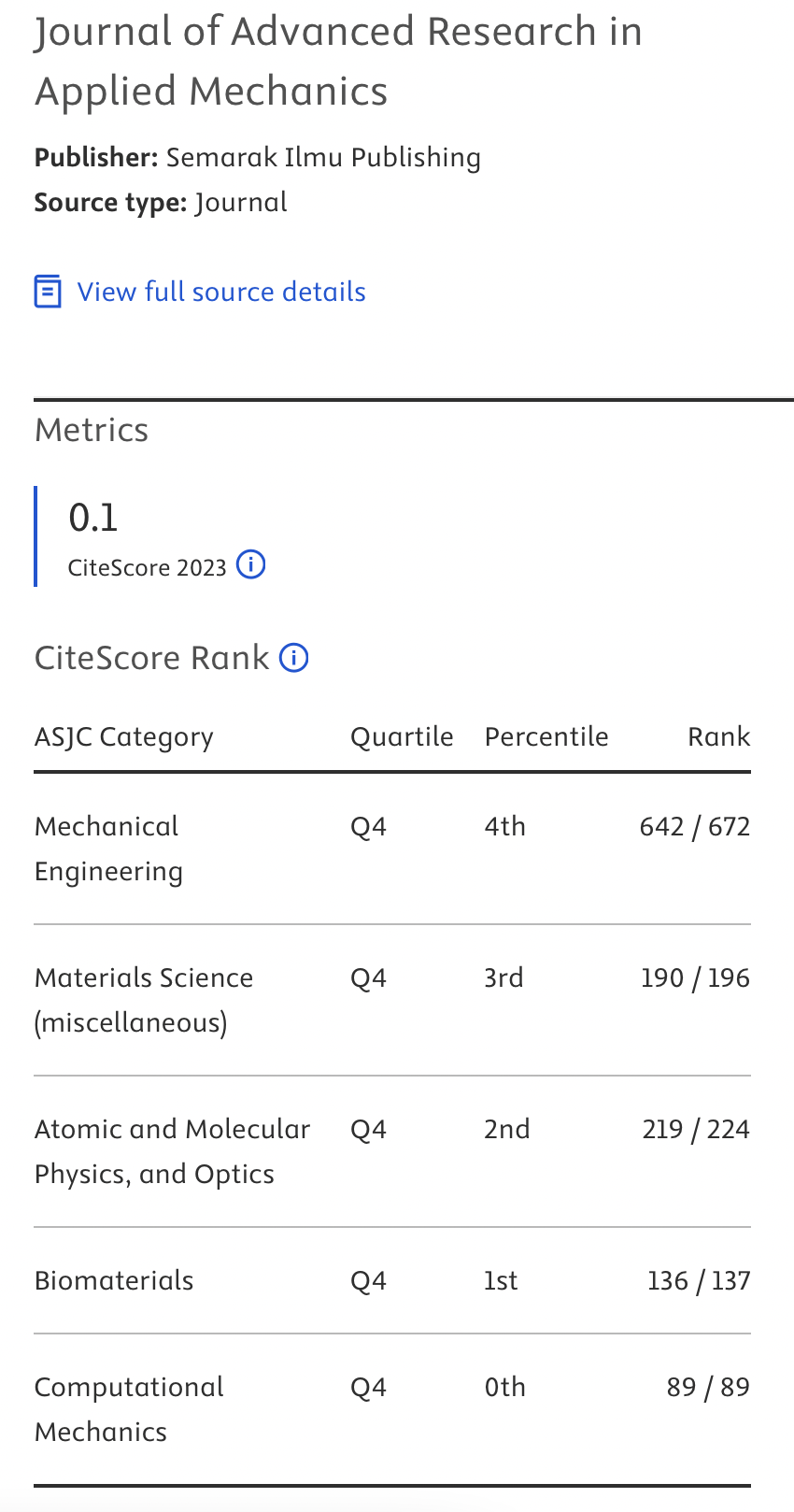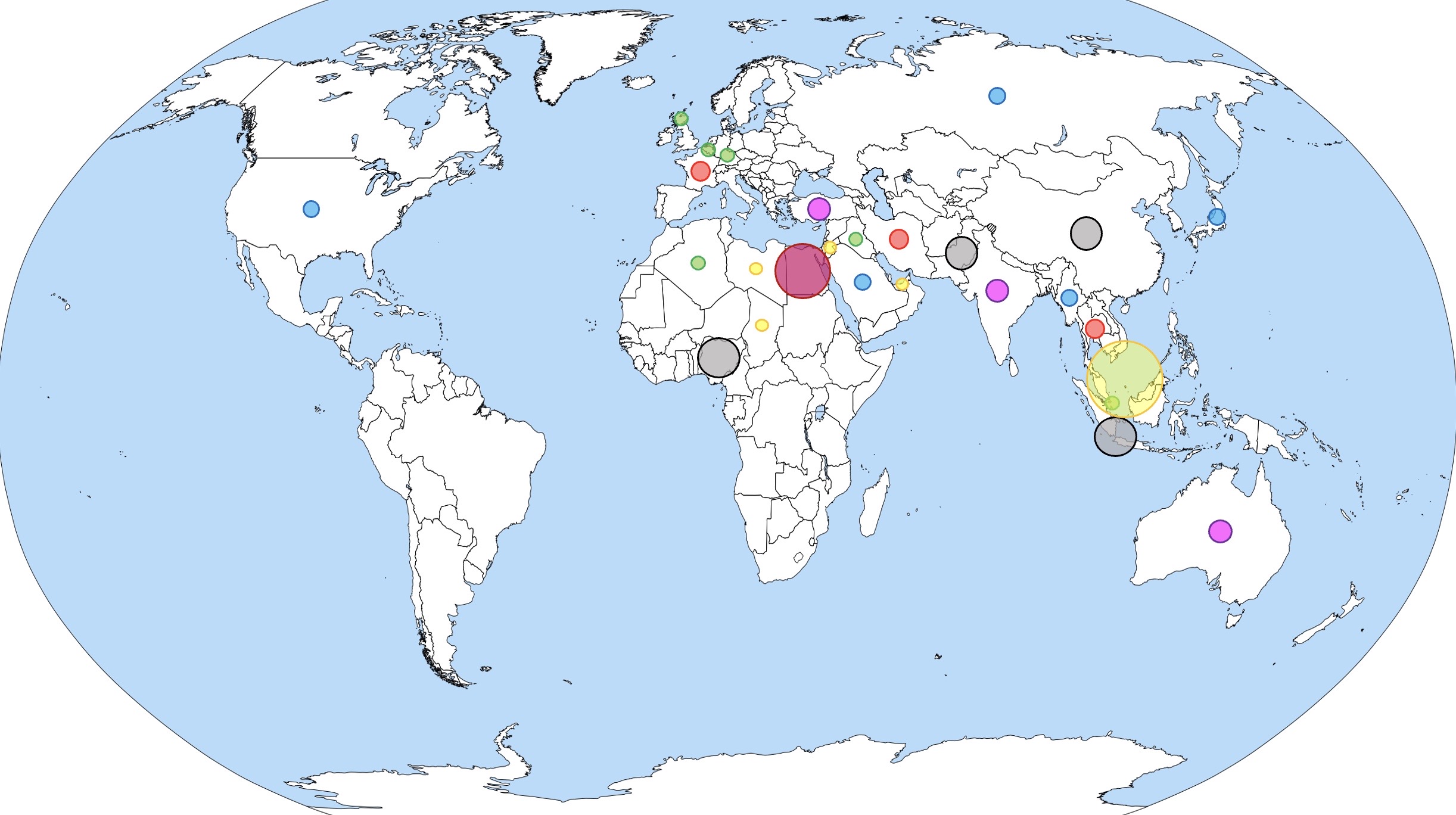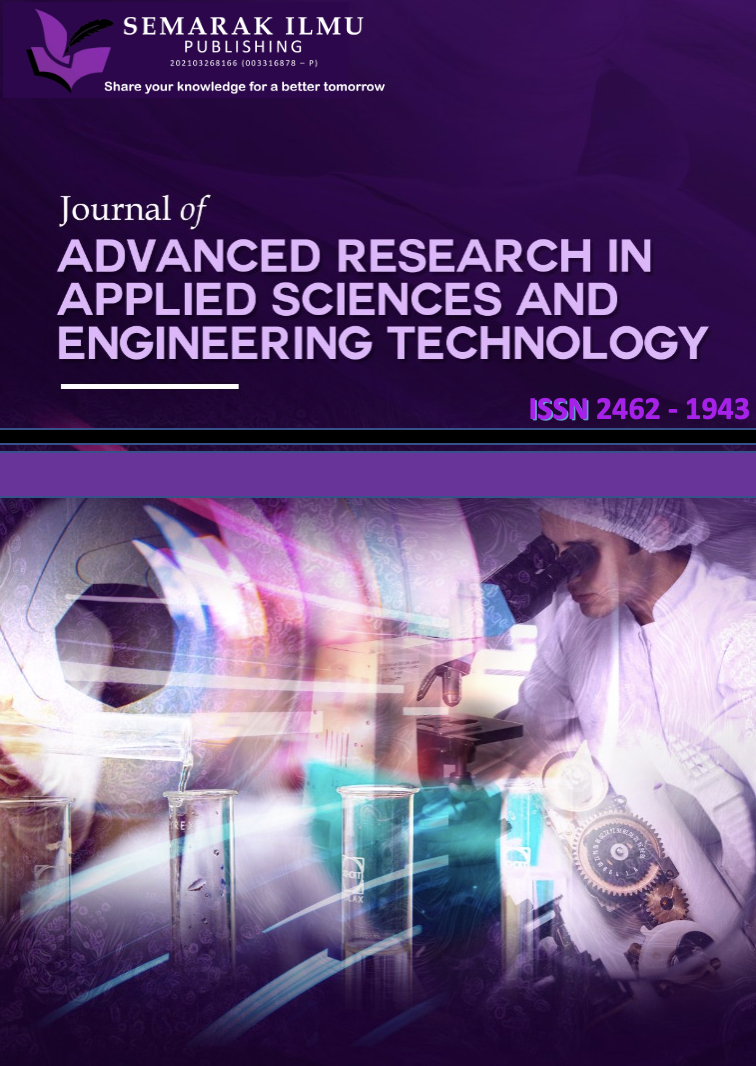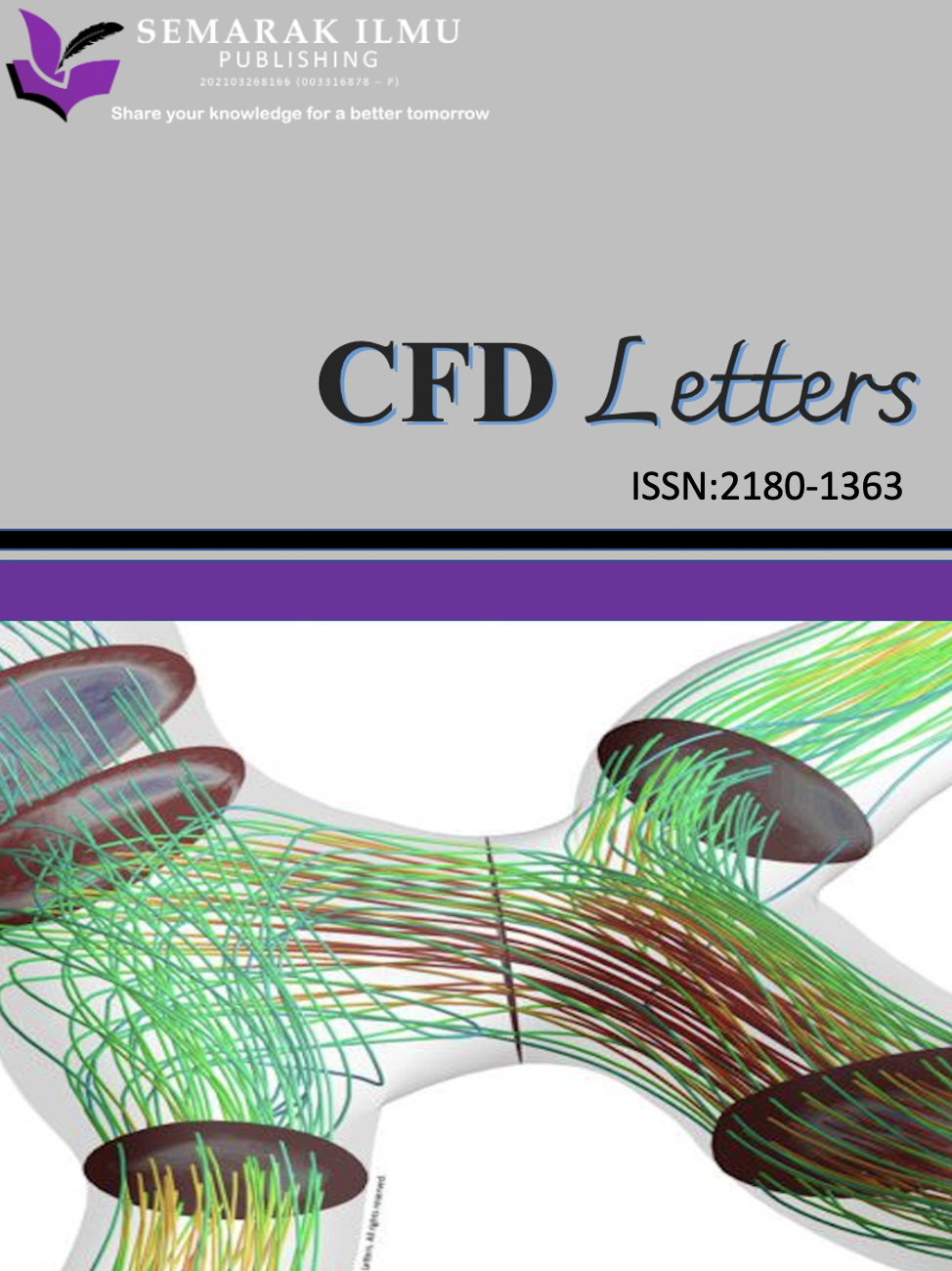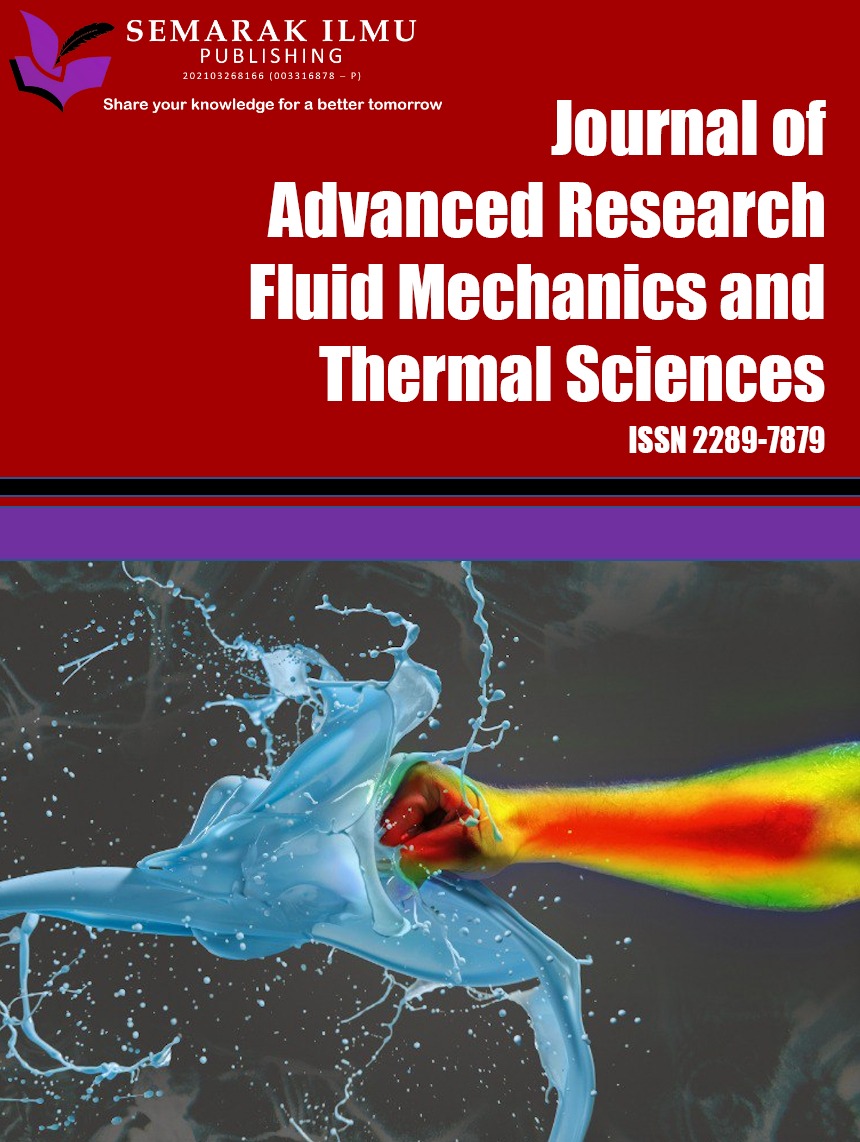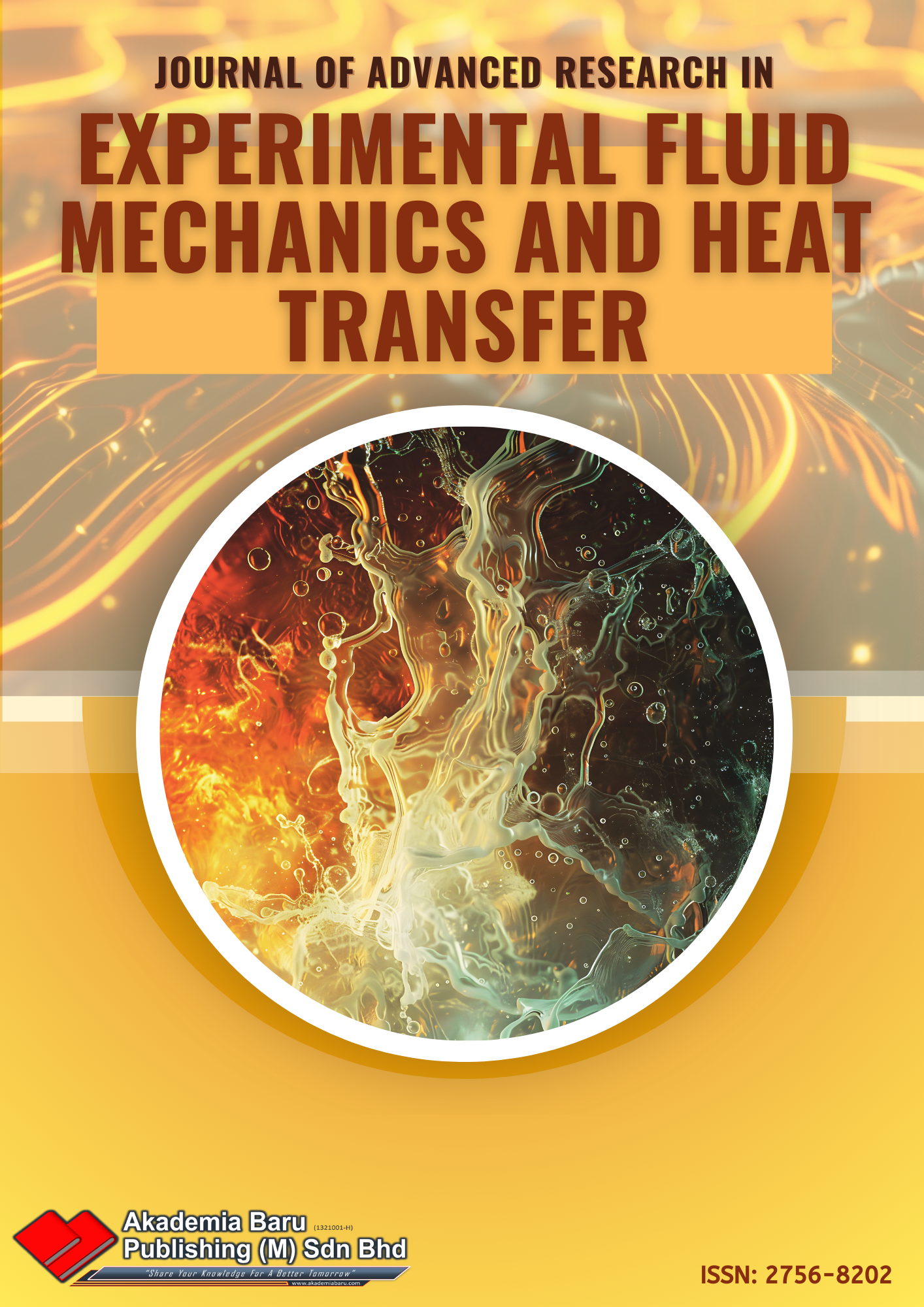Investigating the Effect of Hot and Cold Working on the Microstructure and Mechanical Properties of Low-Carbon-Steel for Sustainable Manufacturing
DOI:
https://doi.org/10.37934/aram.131.1.87104Keywords:
Low-carbon-steel, Hot working, Cold working, Mechanical properties, Microstructure, Grain refinement, Strain hardeningAbstract
This project examines the impact of hot working and cold working on low-carbon steel. Low-carbon steel is widely used in industries due to its favourable strength and ductility characteristics. The study investigates how hot and cold working processes affect the material's mechanical characteristics and microscopic arrangement. Rigorous experimental tests were conducted on A36 low-carbon steel samples subjected to the hot working at 950oC and cold working at 20oC, and the samples were subjected to rolling, squeezing, and bending processes. The samples were then analysed using hardness testing, tensile testing, and optical microstructural analysis. The significance of this study is that they were able to analyse the microstructural and the stress and strain analysis from the samples. The results show that the Brinell hardness increases during the cold rolling process, having 349.011 BHN, compared to the hot rolling process, which has 330.89 BHN. Also, the hot bending process increases the hardness properties compared to cold bending, having 245.25 and 213.71 BHN, respectively. Also, the study shows that the squeezing process of the hot is 231.65, as opposed to 221.09 BHN of the cold squeezing process. Also, the hot rolling process increases the 11263.11 (N) load at the break for the tensile test, which is higher than the cold rolling, having 9471.7 (N). This goes the same way as the elastic modulus, having 31766.02 (MPa) and 27427.64 (MPa), and the hot rolling process increases the tensile stress at a zero slope of low carbon steel, having 907.45 (MPa) against 753.74 (MPa) for the cold rolling process. The study concluded that hot working improves formability, toughness, and ductility. In contrast, cold working increases strength and hardness, which can assist in producing a quality materials formulation for sustainable manufacturing of mechanical components made of low-carbon steel.
Downloads


